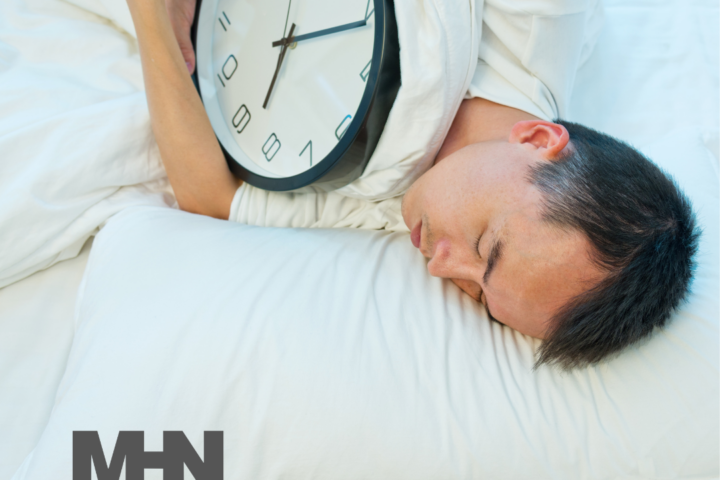Tattoo and piercing shops are not like they used to be. Far from dark, seedy little holes-in-the-wall of the past, today’s shops are well-lit, open, and almost run-of-the-mill. Shops are regularly inspected and monitored by the local health department so there is a certain level of clean that needs to be maintained in order for them to stay in businesses. However, due to the chance of infection you risk when getting ink or a piercing, you should do your own investigation of a shop before sitting down in the chair.
The front desk area – The front desk and reception areas should be clean and clutter-free – just like in any other business. While the décor may be a little more “edgy”, surfaces should be clean as should display cases, decorative objects, and the front desk workspace. There should be no dust or residue visible on anything in the public’s view. Floors need to be clean and maintained. While most tattoo shop owners would agree that carpet isn’t a good idea, any area rugs or carpeted areas in the reception area should be spotless. After all, this is the first impression you are receiving about this business and it should make you feel confident that you are walking into a professional environment. If the owner doesn’t care about creating a professional environment or isn’t concerned about the cleanliness of their front desk area, you should consider finding another shop.
The floors and walls – Check the floors and walls for cleanliness. In the shop area, floors should not be carpeted and should be impeccably clean. Look at the baseboards and where the wall meets the floor for cleanliness. There shouldn’t be any dirt or “dust bunnies” lurking in these areas. If it looks like it has been awhile since the floor has been mopped, it is reason for concern. The walls should look fresh and like they are regularly wiped down. It is important for you to remember that you are going to be receiving and leaving the environment with, essentially, an open wound. There should be as little of a chance as possible that germs or viruses are lurking on the floor or the walls. Take a look at mirrors and photos hanging on the walls. Frames should be free from dust and any glass surfaces should be clean. Remember, dust is a sign that there may be other cleaning issues that you can’t see.
Individual stations – Each artist’s station should be spotless and clutter-free. Their chair should be wiped down and covered in sanitary plastic or paper after each client. Surfaces should be spotless and wiped down regularly in order to keep down the chance of infection. All items that will be used on a client should either be disposable, vacuum-packed, or , in the case of clip-cords, lines, and machines, wrapped in plastic in order to prevent cross-contamination. A medical-grade “sharps” container should be present at each station. Artists should have a box of gloves at their station and should never touch a client without having their gloves on. There should be no open food or drink containers at the station. Artists should be mindful of issues of cross-contamination and potential infection points in order to keep their clients safe. Client safety should be the top concern in this area.
Tools of the trade – Any tool that will be used with a client needs to be sterile and/or covered in order to protect the client. Disposable items, such as needles, should be opened in front of the client in order to prove they were factory sealed and sterile. Reusable items, such as forceps, should be sterilized in an autoclave after every use then packaged so the client can see they have been appropriately cleaned. Items that cannot be put into an autoclave, such as tattoo machines or lines, should be wrapped in plastic to keep the client safe. Each station should have a medical-grade “sharps” container for used needles and razors. Anything that could have been in contact with a client’s bodily fluids should be thrown away in a sealed container in order to minimize the risk of exposing others to germs. If you have any questions, ask. After all, you are paying for a tattoo or a piercing, not an infection.
Packed and wrapped – Items that are not able to be sterilized in an autoclave, such as razors and needles, should be gas-packed from the factory and opened in front of the client. When the artist is done with these items, they should be disposed of in a medical-grade “sharps” container. The shops should have an autoclave on site to sterilize reusable tools. There should be a place where used tools that need to be sterilized that is off the floor and away from the work stations. It goes without saying that any tools that are dropped are to be automatically either disposed of or put in with tools needing to be sterilized. Tools that are sterilized in the shop autoclave should be appropriately packages so clients know they are having sterilized tools used on them. Any tools that aren’t disposable or can’t be sterilized should be wrapped in order to protect them from exposure to germs and fluids. At a minimum, all artists must wear gloves at any time they are in contact with a client’s body. Some shops require artists to wear masks and eye protection. If you don’t see gloves come out first thing, you need to consider finding another shop – quickly.
Tattoo shops are supposed to be fun, trendy, edgy places; however, they are still businesses. The impression you get when you walk in to a shop should be that you are entering a professional establishment where the main concern of everyone involved is your safety. By being alert and keeping an eye open for a few things in regard to cleanliness, you can be assured you will be getting some new ink or a new piercing in a safe environment.
![]()
Jessie Flesner is a freelance writer in New Albany, Indiana. She writes for www.SurgicalTools.com about a wide variety of health care industry issues.



